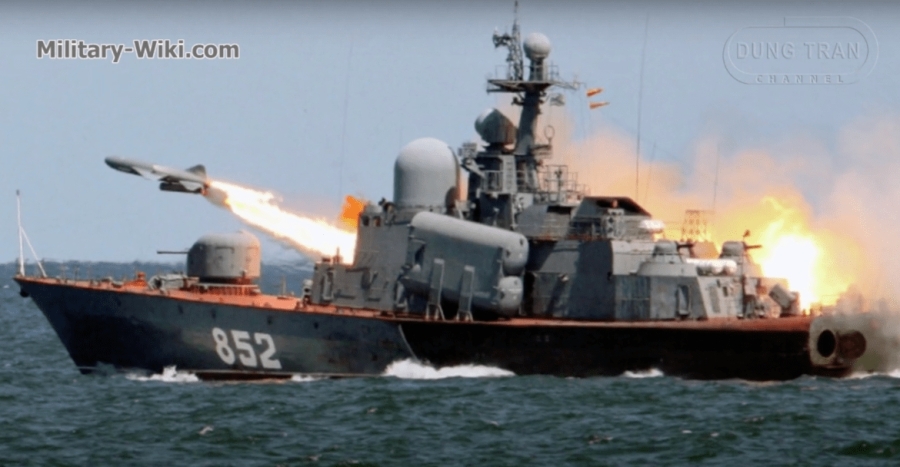In a significant turn of events, Ukrainian anti-aircraft units successfully intercepted and downed two Russian ZM22 “Zircon” missiles aimed at Kyiv on March 25, 2024.
The interception of these highly advanced and clandestine missiles marks a notable setback for Russian military operations in the ongoing conflict.
The Zircon missile, touted as Russia’s latest and most secretive weapon in its arsenal, has once again been thwarted by the Ukrainian air defences.
Today’s incident marks the second publicly known deployment of this missile, following a failed attempt to target Kyiv on February 7th.
During that previous incident, the damaged missile likely crashed in the Desnianskyi district of Kyiv.
However, the missiles launched today were intercepted directly above Kyiv, according to sources from Defence Express.
Initial analysis of the debris from the two intercepted missiles, which fell within Kyiv’s boundaries, promises to provide valuable insights into the capabilities and technology behind the Zircon missile.
Unlike the fragmented debris recovered after the February attack, which took five days to officially confirm as originating from a Zircon missile, the current debris offers a wealth of information.
Experts anticipate that this analysis will reveal crucial details about the missile’s propulsion system, guidance system, materials used, and more.
Such information will significantly enhance understanding of the Zircon’s capabilities and the level of technological advancement achieved by Russia in developing its most secretive missile.
The launch of the Zircon missiles is believed to have originated from the occupied by Russia Crimea, as indicated by official statements regarding the destruction of two ballistic missiles by the Air Force Command.
The exact launch site remains a subject of investigation, with possibilities including the stationary coastal missile system “Utes,” also known as “Object-100” or “Sotka,” or the modernised mobile coastal defense system “Bastion.”
It is worth noting that despite interception, missile debris inevitably falls to the ground. As a result, a sports hall of a state educational institution in the Pecherskyi district of Kyiv suffered damage, while remnants of another missile landed in a residential area of Kyiv on the left bank of the Dnipro River. Seven individuals were affected by the incident, with two requiring hospitalisation.
To date, no photographic evidence of the ZM22 “Zircon” missile has been publicly released, with only low-quality videos of its launch from Russia’s Ministry of Defence.
Questions also remain regarding the missile’s specifications, as initial Russian claims suggested a range of 400 km and a speed of 6 Mach, later revised to 600 km, then 1000 km, and speeds of up to 9 Mach.
Estimates of the warhead’s weight vary between 300 and 500 kg across different sources.
The successful interception of Russian Zircon missiles underscores the effectiveness of Ukrainian air defense systems and represents a significant blow to Russia’s military capabilities.
Click here for more News & Current Affairs at EU Today
_____________________________________________________________________________________________________________

Follow EU Today on social media:
Twitter: @EU_today
@EU_sports
Facebook: https://www.facebook.com/EUtoday.net/
https://www.facebook.com/groups/968799359934046
YouTube: https://www.youtube.com/@eutoday1049







